On one of my HTML pages there are some large images that are shown when I mouse hover over some links and it takes time to load those images.
I don't want to use JavaScript to preload images. Are there any good solutions?
On one of my HTML pages there are some large images that are shown when I mouse hover over some links and it takes time to load those images.
I don't want to use JavaScript to preload images. Are there any good solutions?
HTML5 has a new way to do this, by link prefetching.
<link rel="prefetch" href="http://davidwalsh.name/wp-content/themes/walshbook3/images/sprite.png" />
Just add as many link tags as you need in your HTML and you are good to go. Of course, older browsers will not load the content this way.
Note Above code will not work for Apple Safari safari does not support prefetch til now version 12 https://caniuse.com/#search=prefetch
UPDATE
If your server is served with HTTP2, you can also add a Link header in your response a made use of HTTP2 Server Push.
Link: <http://davidwalsh.name/wp-content/themes/walshbook3/images/sprite.png>; rel=preload; as=image;
From http://snipplr.com/view/2122/css-image-preloader
A low-tech but useful technique that uses only CSS. After placing the css in your stylesheet, insert this just below the body tag of your page: Whenever the images are referenced throughout your pages they will now be loaded from cache.
#preloadedImages
{
width: 0px;
height: 0px;
display: inline;
background-image: url(path/to/image1.png);
background-image: url(path/to/image2.png);
background-image: url(path/to/image3.png);
background-image: url(path/to/image4.png);
background-image: url();
}
There is no need to preload images. I can't understand why 99% people thinks, that hover effects have to use 2 images. There is no such need, and using 2 images makes it look bad. The only good solution I know is to use CSS for A elements (or easy JS for all other buttons). When button us hovered set background-position to some offset.
a { display:block; width:160px; height:26px; background:url(b_tagsdesc.png); }
a:hover { background-position:0 26px }
That's all, image used you can see below:

(source: margonem.pl)
Edit: You can also use it other way. Instead of toggling image, you can hide your image. So starting point would be "background-position:0 -100px" and on hover "0 0".
This technique is called CSS sprites - here is good description of it: http://css-tricks.com/css-sprites/
A technique I didn't see mentioned here yet, which works great if you don't need to worry about IE6 & 7, is to use the :after pseudo-selector to add your images as content to an element on the page. Code below lifted from this article:
body:after {
content: url(img01.jpg) url(img02.jpg) url(img03.jpg);
display: none;
}
The only downside I can see to this compared to using JavaScript to preload the images is that there is no easy way to release them from memory.
You could use a hidden div to put images in. Like so
<html>
<body>
<div style="width:1px; height:1px; visibility:hidden; overflow:hidden">
<img src="img1.jpg" /><img src="img2.jpg" />
</div>
<div>Some html</div>
</body>
</html>
This only works for images though, ie. if you're trying to do the same for say .swf files there will be problems. Firefox doesn't run the .swf file if it's not visible.
<link rel="preload" as="image" href="..." />
This works best for me when we want to load image early for CSS (while rel="prefetch" will cause duplicate loading from CSS)
If preloading images is what you seek, then performance is what you want. I doubt blocking up the page while the resources load is what you want. SO, just place some prefetching links at the end of the body and add the bogus media to them to make them appear unimportant (so that they get loaded after everything else). Then, add the onload tag to those links, and in that onload will be the code that sets the source of the actual resource in your page. For example, this could even be used in conjunction with dynamic iframes.
<a onclick="myFrame.style.opacity=1-myFrame.style.opacity;myFrame.src='http://jquery.com/'">
Click here to toggle it
</a><br />
<iframe id="myFrame" src="" style="opacity: 0"></iframe><a onclick="myFrame.style.opacity=1-myFrame.style.opacity">
Click here to toggle it
</a><br />
<iframe id="myFrame" src="" style="opacity: 0"></iframe>
<link rel="prefetch" href="http://jquery.com/"
onload="myFrame.src=this.href" media="bogus" />Notice how the first one (before) freezes up the page and blinks in a quite ugly manner while the second one (after) with the content preloaded doesn't freeze up the page or blink, rather it appears and disappears seamlessly instantly.
Reference your images in invisible img tags. while page loading they will downloaded too.
As I'm not sure if hidden images are loaded, you'll probably want to use image sprites. Then the entire image is loaded before anything is displayed. You can even put all of your menu items in one image and therefore save a lot of HTTP requests.